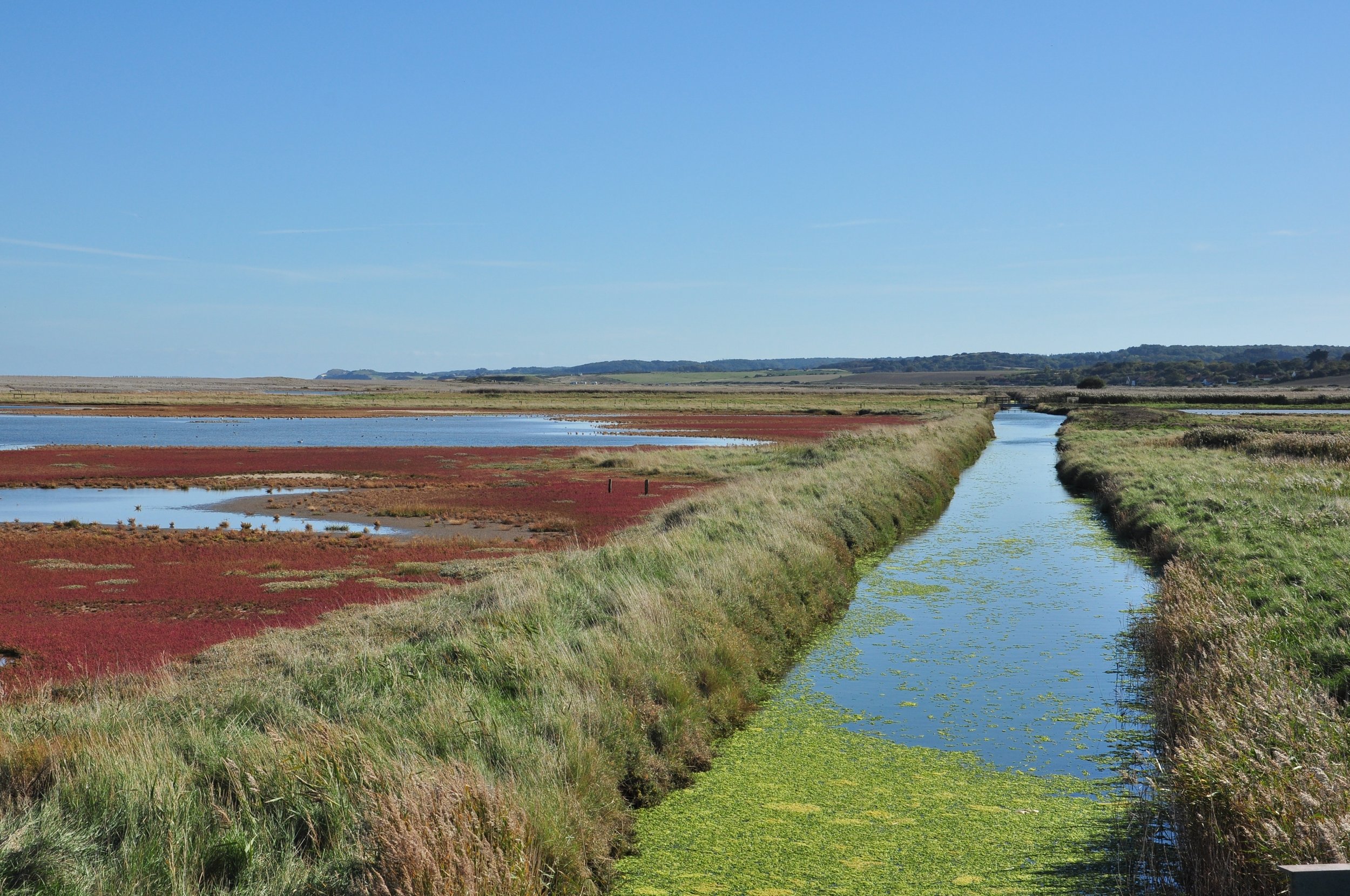The power of blue carbon ecosystems
World Ocean Day 2023
Protecting and restoring blue carbon ecosystems is an important way to mitigate climate change. It is estimated that blue carbon ecosystems store up to 20% of the world's carbon, which is more than all of the world's forests combined.
What do we mean by blue carbon and why is it important?
Blue carbon refers to the carbon dioxide (CO2) captured and stored by coastal and marine ecosystems, primarily mangroves, seagrasses, and salt marshes. These ecosystems are important for climate change mitigation because they can store large amounts of carbon for long periods of time, helping mitigate climate change.
Blue carbon ecosystems accumulate carbon through the process of photosynthesis, where plants absorb CO2 from the atmosphere and convert it into organic matter. Unlike terrestrial forests, which release a significant amount of carbon back into the atmosphere through decomposition, blue carbon ecosystems store carbon for long periods of time in their soils and sediments. This carbon storage is often referred to as "carbon sinks." Mangroves, seagrasses, and salt marshes are highly efficient at sequestering carbon due to their rapid growth rates and ability to trap and retain organic matter in their root systems and sediment layers. Mangroves, for example, can store up to 10 times more carbon per unit area than tropical rainforests. Seagrass beds can store up to 20 times more carbon per unit area than forests on land. And salt marshes can store up to 50 times more carbon per unit area than forests on land.
When these ecosystems are healthy, they can help to mitigate climate change by absorbing carbon dioxide from the atmosphere. However, when these ecosystems are degraded or destroyed, they release carbon back into the atmosphere, which contributes to greenhouse gas emissions.
How to protect and restore blue carbon ecosystems?
Protecting and restoring blue carbon ecosystems is important for both climate change mitigation and biodiversity conservation. Additionally, these ecosystems provide numerous benefits, such as coastal protection from storms, habitat for marine species, and support for fisheries. Recognising the value of blue carbon, increasing efforts are being made to incorporate its conservation and restoration into climate change strategies and international agreements.
By protecting and restoring blue carbon ecosystems, we can help to mitigate climate change and improve the health of our oceans and coasts. There are a number of ways to protect and restore blue carbon ecosystems. These include:
Conservation: This involves protecting blue carbon ecosystems from development and other threats.
Restoration: This involves replanting mangroves, seagrass beds, and salt marshes in areas where they have been degraded or destroyed.
Sustainable management: This involves managing blue carbon ecosystems in a way that does not damage them.
Protecting and restoring blue carbon ecosystems is a win-win for climate change mitigation and coastal communities.
What are the latest innovations?
There are a number of new and innovative approaches to blue carbon being developed and implemented around the world. Some of the most promising include:
Using satellite imagery and machine learning to map and monitor blue carbon ecosystems. This technology can be used to identify and map blue carbon ecosystems, such as mangroves, seagrass beds, and salt marshes. This information can then be used to prioritise conservation and restoration efforts. For example, the Blue Carbon Initiative is using satellite imagery to map mangroves in Indonesia. This information is being used to help the government develop a plan to protect and restore these important ecosystems.
Developing new aquaculture techniques that can help to sequester carbon from the atmosphere.There are a number of new aquaculture techniques that have the potential to sequester carbon from the atmosphere. For example, seaweed farming can store carbon in its tissues. Additionally, shellfish aquaculture can help to improve water quality, which can lead to increased carbon sequestration in coastal sediments.
Creating incentives for landowners and communities to conserve and restore blue carbon ecosystems. There are a number of ways to create incentives for landowners and communities to conserve and restore blue carbon ecosystems. These could include payments for ecosystem services, carbon offsets, or other financial mechanisms. For example, the Nature Conservancy is working with communities in Belize to develop a carbon offset program that will generate revenue from the conservation of mangroves.
These are just a few of the many ways that blue carbon is being used to address climate change. As these innovations continue to develop, they have the potential to make a significant contribution to global efforts to mitigate climate change.

